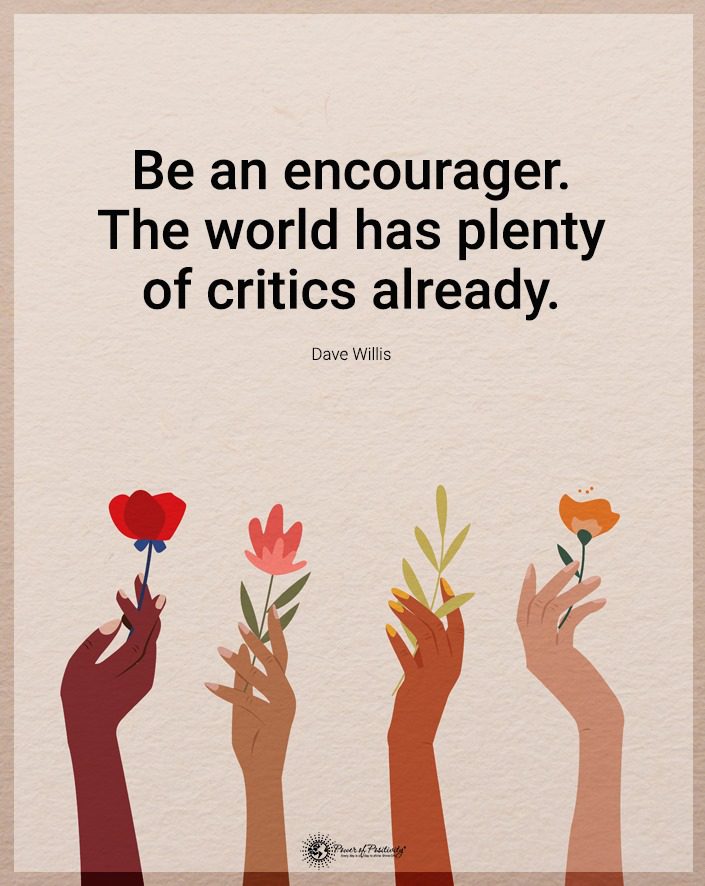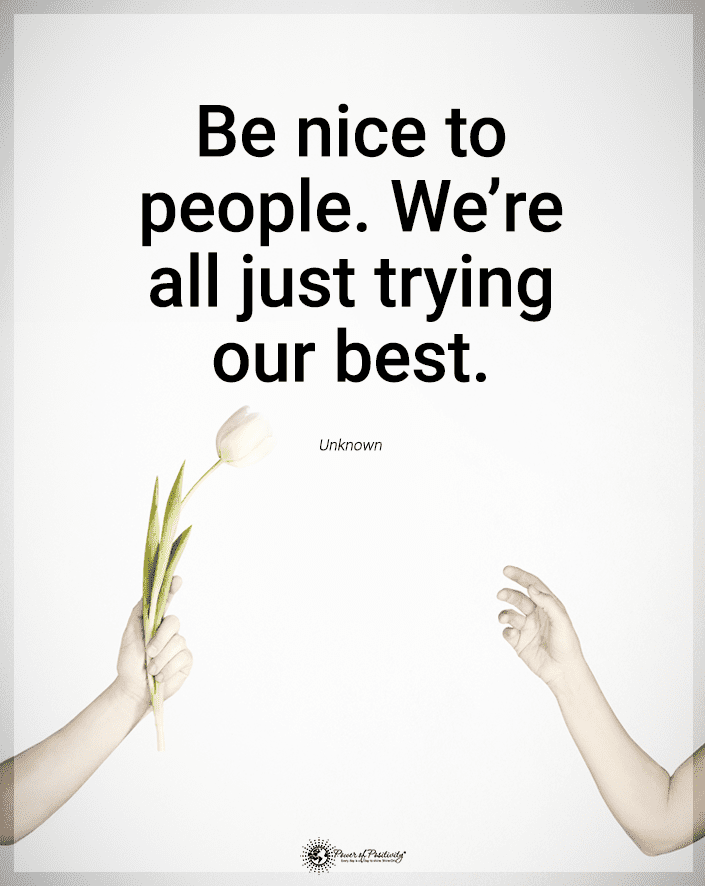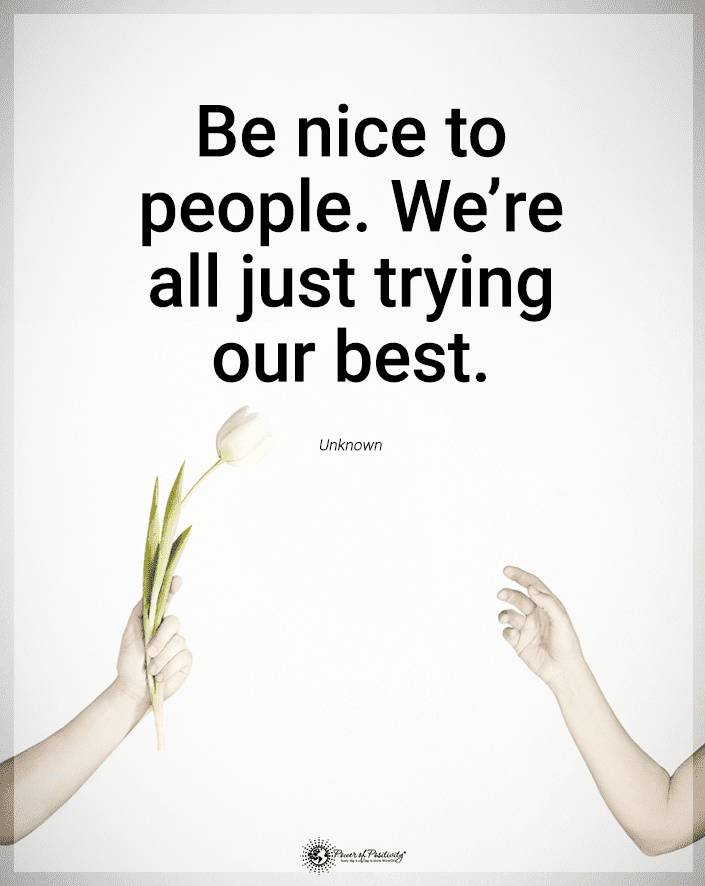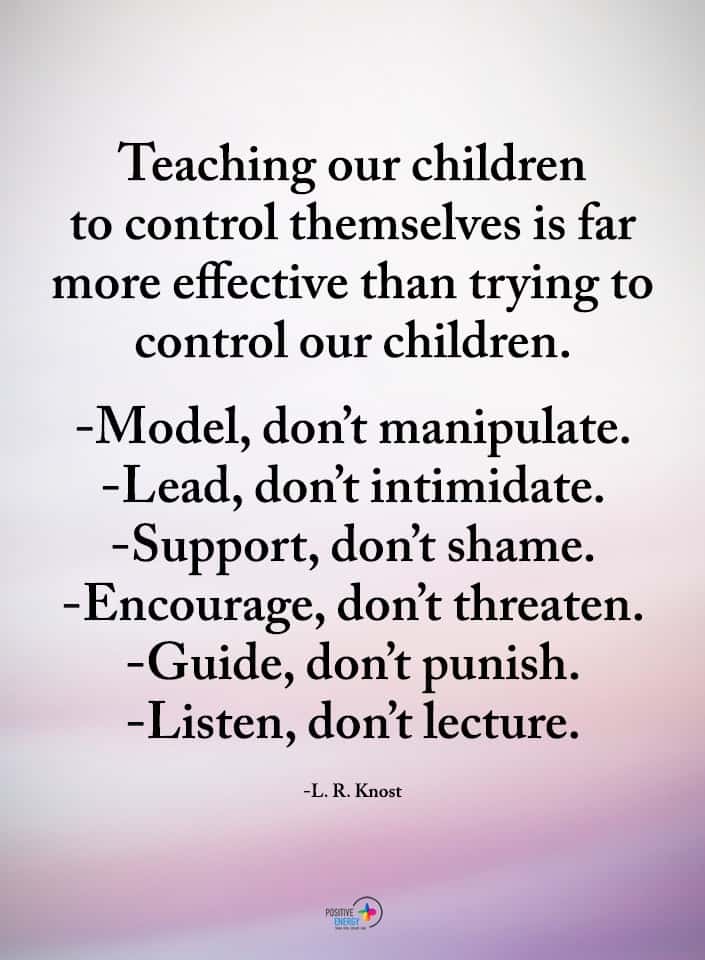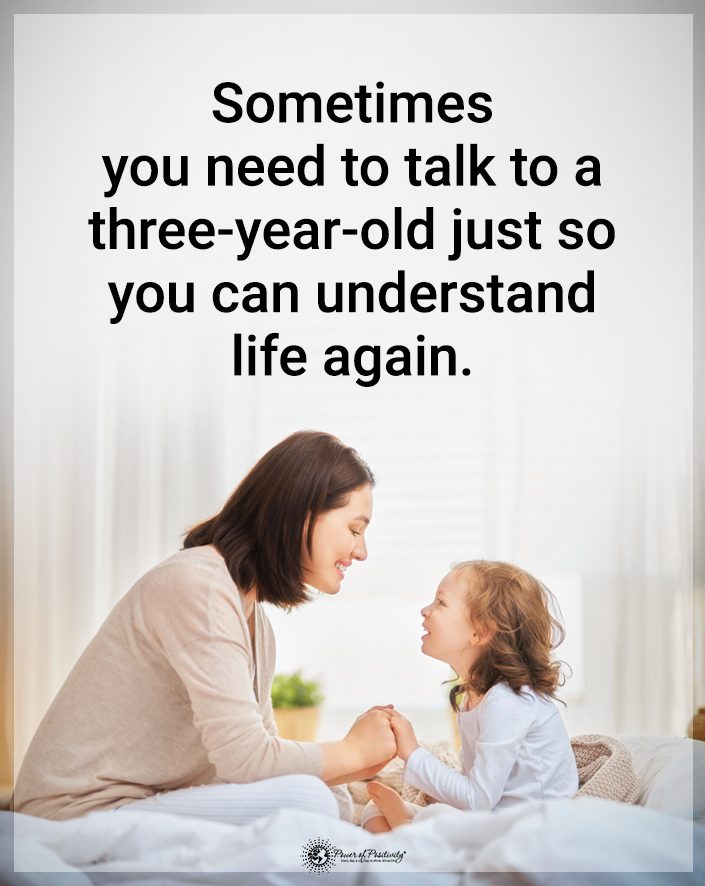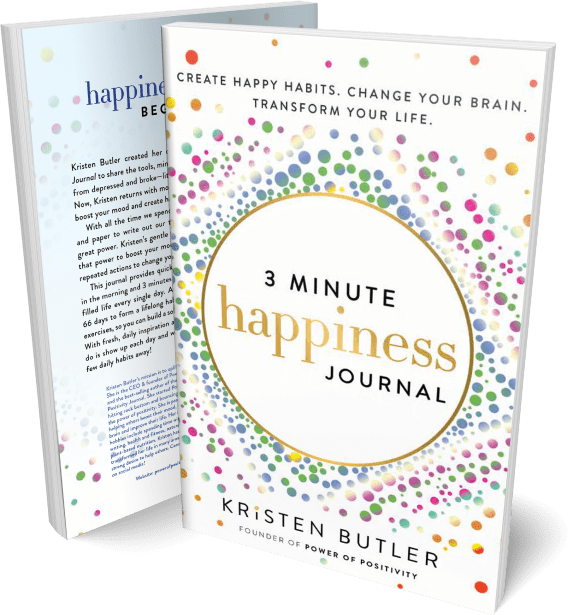Here are some things that may stop your weight loss.
Losing weight can be frustrating, especially when you’re putting in the effort but not seeing the desired results. Many individuals face this challenge despite eating a diet of healthy foods and exercising regularly. It’s crucial to understand the underlying factors hindering your weight loss efforts.
By exploring these sixteen hidden reasons, you can make informed changes to achieve your weight loss goals.
1 – Inadequate Breakfast and Metabolism May Mean You Can’t Lose Weight
Skipping breakfast may seem like a time-saving strategy, but it can have adverse effects on your metabolism. Not eating breakfast can lead to a sluggish metabolism, making it more likely for you to overeat throughout the day. Furthermore, skipping breakfast may result in increased hunger and cravings later on. Starting the day with a balanced meal that includes protein, fiber, and healthy fats can kickstart your metabolism and help control your daily appetite.
For instance, a study published by the American Journal of Clinical Nutrition found that participants who ate a substantial breakfast had a higher metabolic rate than those who skipped breakfast. They also expressed lower levels of hunger and cravings throughout the day. By fueling your body with a nutritious breakfast, you can support your metabolism and set yourself up for success in managing your weight.

2 – Overeating Healthy Foods
While eating healthy foods is essential for overall well-being, it’s still possible to overeat even when consuming nutritious options.
Foods like nuts, avocados, and olive oil, while beneficial, are high in calories. Overconsumption of these foods can contribute to weight gain.
It’s important to practice mindful eating and portion control, even regarding healthy choices. When you become aware of your calorie intake, you learn how to listen to your body’s hunger and fullness cues. That mindfulness can help you maintain a healthy balance.
For instance, a serving of nuts is typically around 1 ounce, which is approximately a handful. However, consuming more than one serving is easy without realizing it.
A study in the New England Journal of Medicine noted that participants who consumed nuts regularly had a higher caloric intake overall, which could contribute to weight gain if unaccounted for.
By practicing portion control and being mindful of your calorie intake, you can enjoy the benefits of healthy foods while still managing your weight effectively.
3 – Undiagnosed Thyroid Disorders May Mean You Can’t Lose Weight
Undiagnosed thyroid disorders can significantly impact weight loss efforts. Conditions such as hypothyroidism can slow down the metabolism. As a result, it becomes even more challenging to lose weight.
If you’re experiencing symptoms such as fatigue, hair loss, and sensitivity to cold, it may be worth talking with your doctor. They can check your thyroid function. Identifying and treating any underlying thyroid issues can help optimize your weight loss journey.
By addressing thyroid disorders with proper medical treatment, you can restore your metabolism to optimal functioning. You’ll also improve your chances of successful – and sustainable – weight loss.
4 – Distorted Perceptions of Portion Sizes
Portion sizes in today’s society have significantly increased, leading to distorted perceptions of what constitutes a standard serving size. The larger portions we encounter can consume more calories than our bodies need.
To manage calorie intake effectively, consider using smaller plates and measuring portions. By being mindful of portion sizes, you learn how to control your calorie intake and improve your weight loss.
For instance, a study found that individuals tend to eat more when given larger portion sizes, even if they are not physically hungry.
When you use smaller plates and bowls, you can visually trick your brain into perceiving a more significant portion. Thus, this habit can help you feel satisfied with less food. Awareness of portion sizes and mindful eating can contribute to better weight management.
5 – High Carb Diets and Insulin Resistance
High-carb diets can contribute to weight gain and insulin resistance. That may increase the chances of developing type 2 diabetes. Refined carbohydrates and sugary foods cause blood sugar spikes, leading to weight gain.
Do you need to regulate blood sugar levels better and support weight loss? Then, it’s crucial to balance carbohydrate intake with fiber-rich foods and lean proteins. This combination can help stabilize one’s blood sugar levels. It also promotes better overall health.
By lowering your intake of refined carbohydrates and incorporating more whole grains, vegetables, and lean proteins into your diet, you can manage your blood sugar levels and support weight loss.
6 – Hormonal Imbalances Can Mean You Can’t Lose Weight
Hormonal imbalances often play a key role in weight loss challenges. Hormones such as cortisol and estrogen can impact fat storage and metabolism. Chronic stress causes increased cortisol levels, promoting fat storage, especially around the abdominal area.
Additionally, imbalances in estrogen levels can affect weight management. If you suspect hormonal imbalances may be hindering your weight loss efforts, it’s advisable to consult a healthcare professional for evaluation and specialized treatment.
By managing stress through meditation, exercise, and self-care, you can help regulate your hormone levels. Thus, you will support your weight management goals.
7 – Chronic Sleep Deprivation
Chronic sleep deprivation can have adverse impacts on both metabolism and weight management. Lack of sleep disrupts hormone regulation, leading to increased hunger and appetite. It can also affect the production of leptin, the hormone responsible for signaling fullness. To support your weight loss journey, prioritize quality sleep. Try to get 7-9 hours of high-quality sleep each night. Setting a consistent sleep routine and creating a sleep-friendly environment can improve weight management.
One study found that participants who were sleep-deprived had increased levels of ghrelin, a hormone that stimulates appetite, and decreased levels of leptin, the hormone responsible for signaling fullness. That hormonal imbalance can lead to overeating and hinder weight loss efforts. By prioritizing sufficient sleep, you can regulate your hormones and improve your chances of successful weight management.
8 – Stress and Adrenal Imbalance
Stress and adrenal imbalances can significantly impact weight gain and hinder weight loss efforts. Chronic stress triggers the release of cortisol. That’s a hormone promoting abdominal fat storage. Elevated cortisol levels can make it challenging to shed excess weight. Managing stress through techniques like meditation, exercise, and self-care can help mitigate its effects on weight.
You can support your overall well-being and weight management goals by prioritizing stress management.
9 – Medications and Weight Gain
Certain medications, such as insulin, antipsychotics, and antidepressants, can cause weight gain or thwart weight loss efforts. If you’re taking medications and noticing changes in your weight, discussing it with your healthcare provider is essential.
They can evaluate the potential side effects of your medication and explore alternative options that may be more suitable for weight management. Adjusting dosages or switching to different medications can significantly affect your weight loss journey.
By working closely with your doctor, you’ll find the proper medication regimen that balances your health needs while minimizing weight-related side effects.
10 – Vitamin Deficiencies and Slow Metabolism
Vitamin deficiencies, such as D and B12, can contribute to a slower metabolism. Adequate vitamin intake is crucial for energy production and maintaining a healthy weight. If you suspect a vitamin deficiency may be impacting your weight loss efforts, consult with a healthcare professional to assess and address any potential deficiencies. By ensuring you’re meeting your body’s nutritional needs, you can support a healthy metabolism and optimize your diet journey.
By addressing any vitamin deficiencies through proper supplementation or dietary changes, you can support your metabolism. You’ll also improve your chances of long-term, successful weight management.
11 – Rewarding Yourself Can Actually Harm Your Ability to Lose Weight
Rewarding yourself too much for hard work can undo progress. While it’s important to celebrate achievements, relying on food rewards can hinder weight loss efforts. Finding alternative ways to reward yourself, such as getting a massage or buying a new outfit, can help you stay motivated and avoid derailing your progress.
For example, instead of indulging in a high-calorie dessert as a reward, you could treat yourself to a spa day or a new workout outfit.
By shifting your focus away from food rewards, you can build a better relationship with your food. You can also make continued progress toward your weight loss goals.
12 – Not Getting Enough Sleep
Not getting enough sleep can slow down metabolism and increase appetite. Sleep deprivation disrupts hormone regulation, leading to hormonal imbalances that can affect weight management. Prioritize sufficient sleep to support your weight management efforts. Establish a nightly sleep routine and create a sleep-friendly environment to ensure quality rest.
By getting enough sleep, you can regulate your hunger hormones and improve your ability to manage your weight effectively.
13 – Fluid Intake and Calorie Awareness
Fluids, including sugary drinks and alcohol, can add calories without realizing it. Being mindful of the calorie content in beverages is crucial for weight management. Opt for healthier options like water and herbal tea, which have zero or minimal calories. Monitoring your daily fluid intake can help you avoid excess calorie consumption.
When you start being aware of the calorie content in your drinks and choosing healthier options, you can reduce your overall calorie intake. Thus, you will better support your weight loss efforts.
14 – Meal Skipping and Metabolism Impact Your Ability to Lose Weight
Eating too little or skipping meals can also impede metabolism and lead to weight gain. Regular meals support stable blood sugar levels and help control cravings. Plan your meals and ensure a balanced distribution of nutrients throughout the day. You can support a healthy metabolism and optimize your weight loss journey by nourishing your body consistently.
So make sure you eat regular meals. It ensures you can maintain stable blood sugar levels and avoid overeating, ultimately supporting your diet goals.
15 – Long-term Sustainability of Your Diet
Restrictive diets can hinder weight loss and are often unsustainable in the long term. To achieve lasting results, focus on creating a balanced eating plan that includes an appealing variety of nutritious foods. Aim for a sustainable approach that you will maintain for lifelong health. By embracing a healthy lifestyle rather than a short-term diet, you can improve your overall well-being and achieve sustainable weight loss.
By adopting a balanced approach to eating that includes all food groups in moderation, you can enjoy a wide range of nutrients and sustain your weight loss efforts in the long term.
16 – Exercise Variation and Intensity
Varying your workouts and increasing intensity can improve weight loss results. Rotate cardiovascular exercises and strength training to optimize your weight loss efforts. Cardio exercises help burn calories, while strength training builds lean muscle mass, which boosts metabolism. Consulting a fitness professional can help you design a well-rounded exercise program that suits your needs and goals.
If you vary your workouts and increase the intensity, you can challenge your body and maximize your weight loss potential.
Final Thoughts on Uncovering the Hidden Reasons Why You Can’t Lose Weight, Even When You Follow a Diet
Understanding the hidden reasons you may struggle to lose weight is a crucial step towards achieving your weight loss goals.
Remember, seeking professional guidance can provide personalized recommendations and support. With a holistic approach to weight management, you can overcome these hidden reasons and achieve the healthy weight you desire.





